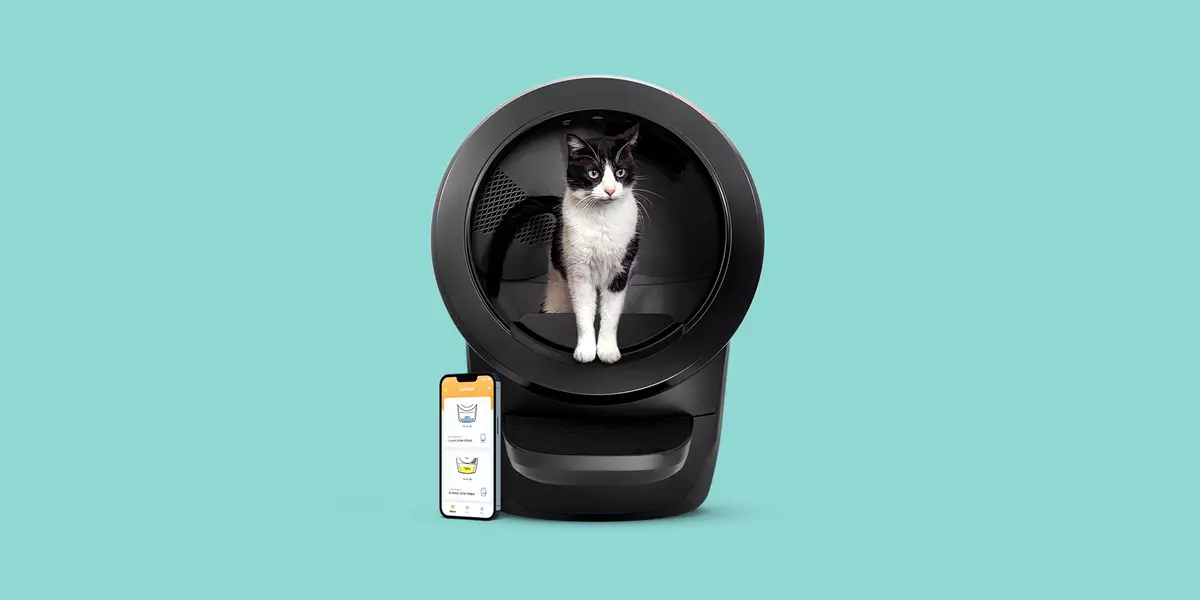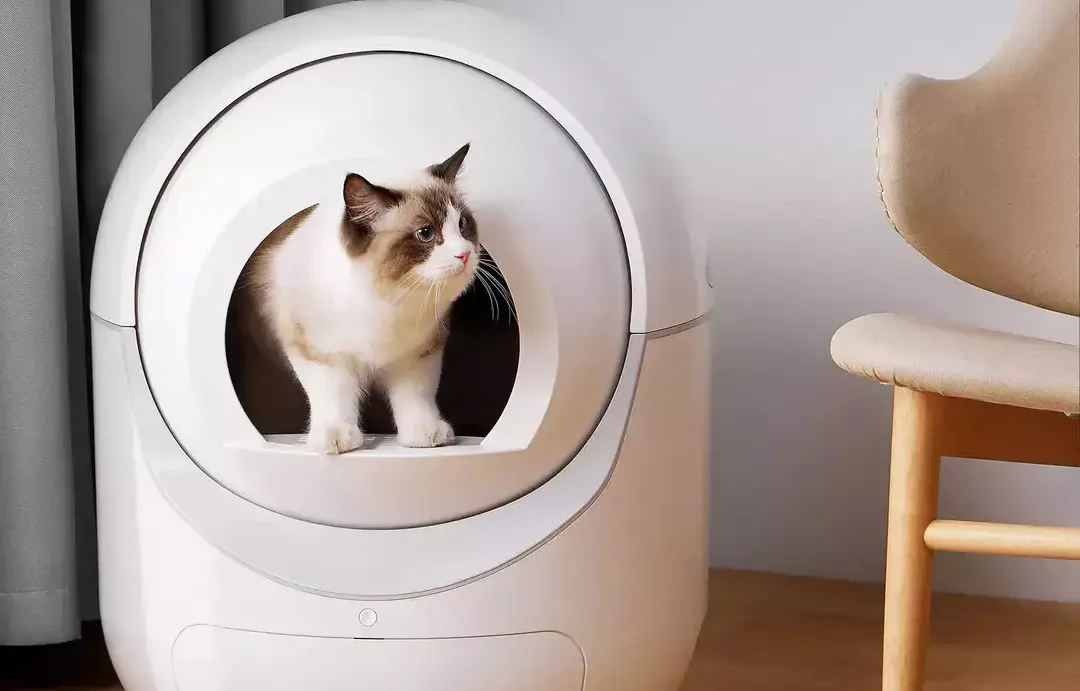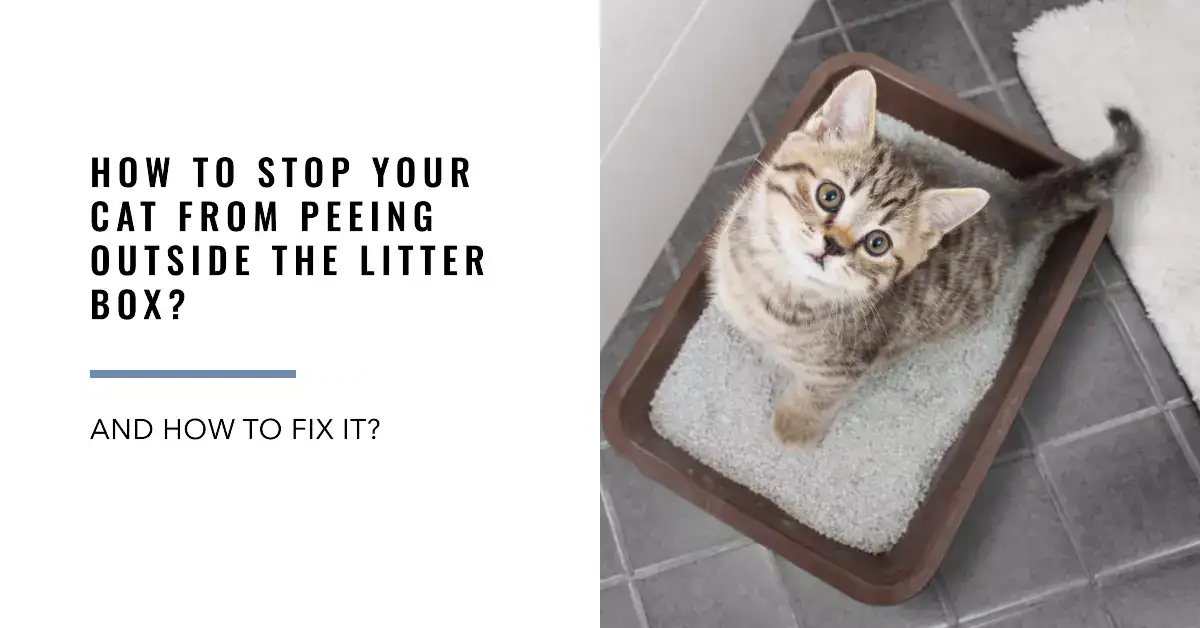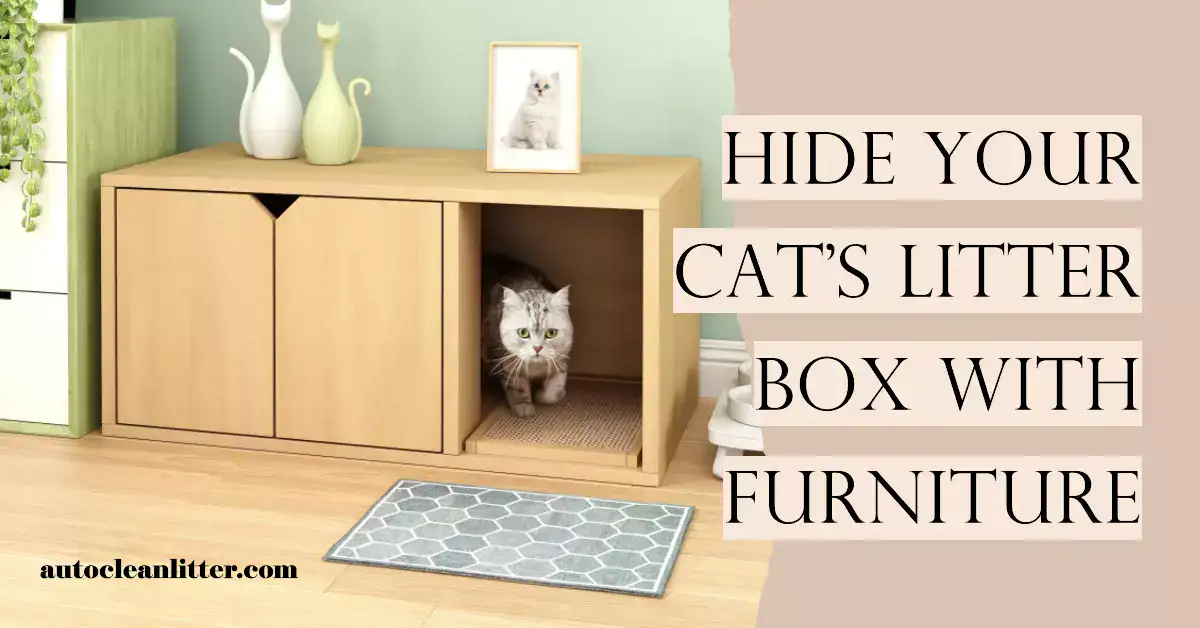Understanding Haws syndrome in cats is crucial for every cat owner. Haws syndrome is a well-recognized condition characterized primarily by the drooping of the nictitating membrane, also known as the third eyelid. It can occur in otherwise healthy cats and is often a source of concern for cat owners who may misinterpret the signs as indicative of a more severe underlying health issue. This syndrome can be triggered by a variety of factors, including stress, illness, or environmental changes.
What Is Haws Syndrome?
Haws syndrome is typically observed in cats and involves the partial protrusion of the third eyelid, giving the cat a distinctive appearance as though it is always sleepy or unwell. The third eyelid serves as a protective barrier for a cat’s eye and plays a crucial role in maintaining eye moisture.
Cat owners may notice their feline companions looking somewhat different when Haws syndrome sets in, which can understandably cause concern.
While the exact cause remains largely unknown, veterinarians believe that it can be associated with stress or changes in the cat’s health. It is most commonly seen in young and middle-aged cats and is generally considered to be a benign condition.
Potential Causes of Haws Syndrome
Understanding the potential causes of Haws syndrome is essential for swiftly addressing the issue and ensuring your cat’s comfort and health. Some possible factors include:
1. Stress
Stressful environments or events, such as moving houses, introducing new pets, or changes in routine, can activate Haws syndrome. Cats are sensitive creatures, and any disruptions to their comfort zones can lead to physical reactions that affect their overall health.
2. Illness
Underlying illnesses, particularly those affecting the gastrointestinal tract, skin, or respiratory system, can lead to the development of Haws syndrome in some cases. This is why monitoring your cat’s overall health is crucial.
3. Deworming
Haws syndrome has also been noted in cases of parasitic infections, especially with certain types of worms. Regular deworming can help in preventing such conditions.
4. Viral Infections
Viral infections could also be potential culprits. Certain feline viral infections might contribute to the development of Haws syndrome, although visible symptoms of such infections typically present additional signs.
5. Environmental Factors
Environmental changes, such as increased noise, unfamiliar situations, or even temperature fluctuations, can be a stressor for cats, potentially resulting in Haws syndrome.
Identifying Symptoms of Haws Syndrome
Recognizing Haws syndrome promptly can help you determine the best course of action for your feline friend. While the protrusion of the third eyelid is the primary symptom, here are additional indicators to look for:
1. Eye Discharge
If your cat has any accompanying eye discharge, it could lead to the condition’s misinterpretation as a more serious eye problem.
2. Decreased Energy
Some cats may experience decreased energy levels or lethargy alongside the protrusion of the third eyelid.
3. Change in Appetite
Watch for significant changes in your cat’s appetite since this can also be a subtle sign that something is amiss.
When to Consult a Veterinarian?
While Haws syndrome is generally benign, certain conditions may warrant seeking veterinary attention. You should consider consulting a veterinarian if:
1. Prolonged Symptoms
If the symptoms continue for more than a few days, it’s best to consult your veterinarian for a more thorough examination and diagnosis.
2. Accompanying Symptoms
Pay attention to other signs of illness such as vomiting, diarrhea, or lethargy. These symptoms could indicate a more serious health issue requiring immediate attention.
Diagnosis and Treatment Options
Diagnosing Haws syndrome involves a comprehensive examination by your veterinarian. They may perform tests to rule out underlying health issues and confirm the diagnosis. Some treatment options may include:
1. Observation
In many cases, Haws syndrome may resolve on its own. Your veterinarian might recommend simply monitoring your cat if no significant health concerns are identified.
2. Stress Reduction Tips
Engaging in strategies to reduce environmental stressors can be beneficial for cats experiencing Haws syndrome. Turning their environment into a more comfortable space can support their well-being.
3. Medication
Should an underlying health issue exist, specific medication might be prescribed based on the diagnosis. This could involve anything from antibiotics to deworming medications.
Prevention Measures
Preventing Haws syndrome revolves around maintaining your cat’s overall health and emotional well-being. Here are crucial preventative steps:
1. Regular Vet Visits
Staying on top of regular vet check-ups ensures any health issues can be detected early, possibly reducing incidences of Haws syndrome. This is vital for keeping your cat healthy.
2. Stress Management
Creating a calm environment for your cat can greatly minimize stressors. Consider the atmosphere in your home and how you introduce changes to your pet’s routine.
3. Healthy Diet
A balanced and nutritious diet helps support the immune system and overall cat health. Always opt for recommended feline foods and keep up with dietary guidelines.
4. Socialization
Proper socialization helps your cat learn to cope with changes, which can reduce stress. Gradual exposure to new pets, people, or environments can be beneficial.
5. Maintaining Routine
Sticking closely to a routine can help your cat feel secure. Plan feeding, playtime, and cuddle sessions at consistent times.
Life With a Cat Experiencing Haws Syndrome
If your cat has been diagnosed with Haws syndrome, it’s essential to continue observing its behavior and health. Most cats resume normal activity without any long-lasting effects from this condition. However, maintaining vigilance when monitoring any behavioral changes is advisable.
Conclusion
Haws syndrome, while concerning when first observed, is typically a benign condition that can arise from various stressors or health issues. Understanding the symptoms, causes, and when to seek veterinary care will better equip you to handle this situation. Regular veterinary visits, stress management, and a healthy diet can go a long way in preventing this condition and ensuring your feline friend’s continued happiness and well-being.




























